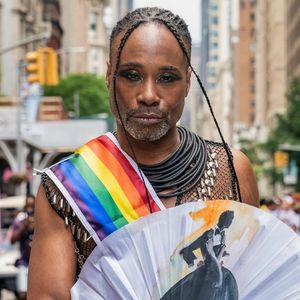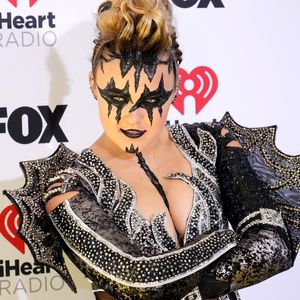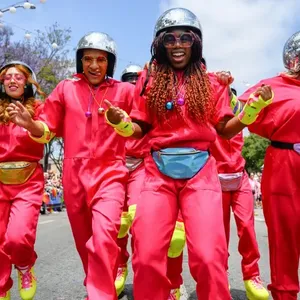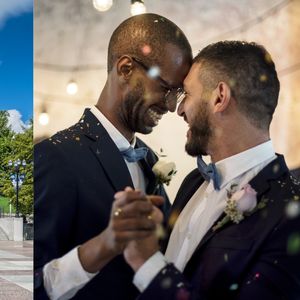LGBT workers of color are at a severe disadvantage compared with their white counterparts, according to a new report, and the inequities start in childhood -- well before they enter the workforce.
Unsafe and underresourced K-12 schools, a higher risk of going from school to prison, fewer opportunities to attend college, and a lack of legal work authorization are just some of the obstacles LGBT youth of color must overcome before they even get their first job. Collectively, theses obstacles lead to extraordinarily high rates of unemployment and poverty.
"Instead of having a fair chance to get ahead, LGBT workers of color often are held back by a combination of barriers that adversely affect their ability to get a quality education and find good, family-supporting jobs in workplaces that are free of discrimination," according to the report. "While it can be hard to identify exactly how the forces of bias and prejudice based on race, sexual orientation and gender identity intersect, the fact is that they do so to the detriment of LGBT workers of color, making them some of the most disadvantaged workers in the U.S. workforce."
The report was authored by the Movement Advancement Project, the Center for American Progress, Freedom to Work, the Human Rights Campaign, and the National Black Justice Coalition.
The LGBT workforce, according to the report, is much more racially and ethnically diverse than the broader U.S. population. That means LGBT youth hoping to enter the workforce face a unique set of challenges, including overcoming a higher likelihood of becoming homeless and unemployed.
Here are some additional highlights from the report:
- As many as one third of LGBT people are people of color.
- Large numbers of LGBT workers of color are raising children.
- Students of color make up three quarters of the enrollment at the lowest-performing high schools in the U.S., and they are six times more likely to attend such a school than white students.
- A disproportionate number of LGBT youth of color are not academically prepared to apply to or attend a post-secondary educational institution. Moreover, even when an LGBT student of color does pursue a higher education, financial barriers, an unsupportive campus climate, and a lack of institutional support can play a large role in whether the student completes his or her studies.
The report does offer some solutions the above problems, but none of them are quick fixes. The authors suggest that Congress pass legislation such as the Safe Schools Improvement Act and the Student Non-Discrimination Act in an effort to reduce discrimination and bullying in schools. They also want the federal government to work with state and local governments to promote alternative disciplinary policies that help youth stay out of prison. Last, the authors would like to see laws passed that protect LGBT students of color from bullying, discrimination, and harassment.
Contact reporter Alex Davidson on Twitter at twitter.com/adwildcat



















































































